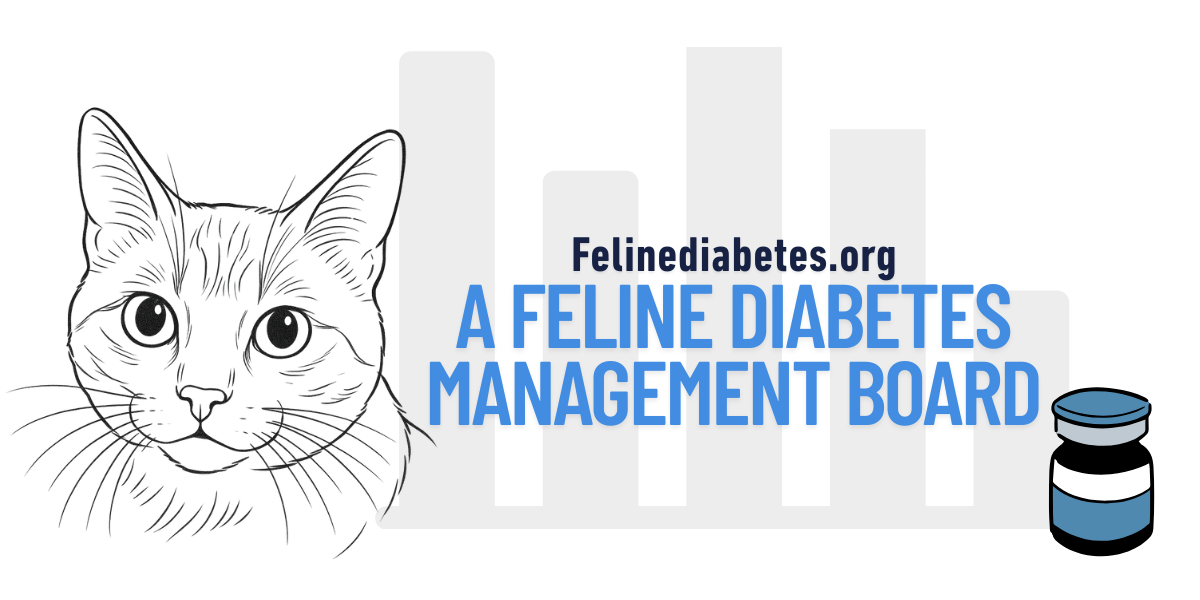Lauren & Esse
Member
Such a relief to see a lower PS number today! We're going to be out and about a bunch today but would love to get a +5 or +6 if I can to see how the cycle goes when he starts lower (as opposed to yesterday). Or even a PM test! 
Safe surfing and happy Caturday!
Safe surfing and happy Caturday!
